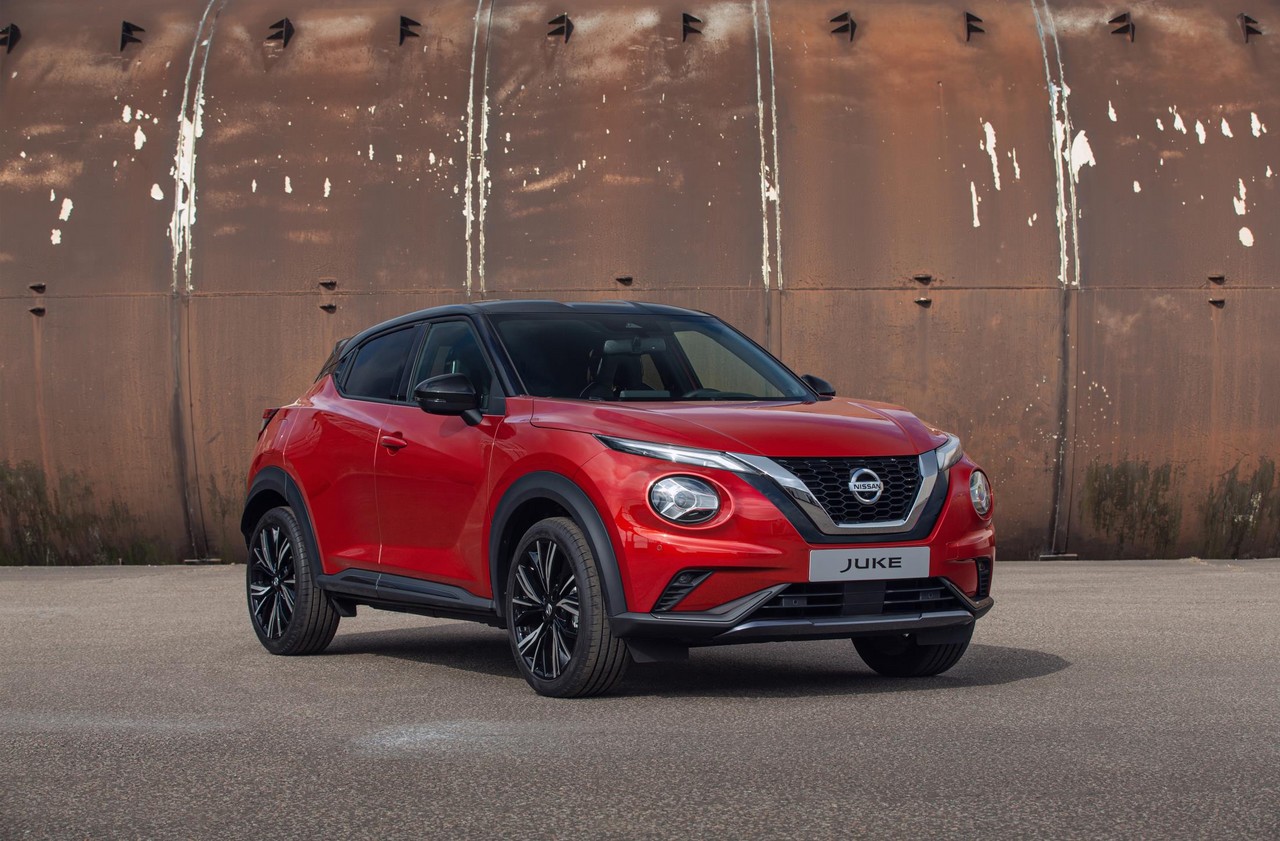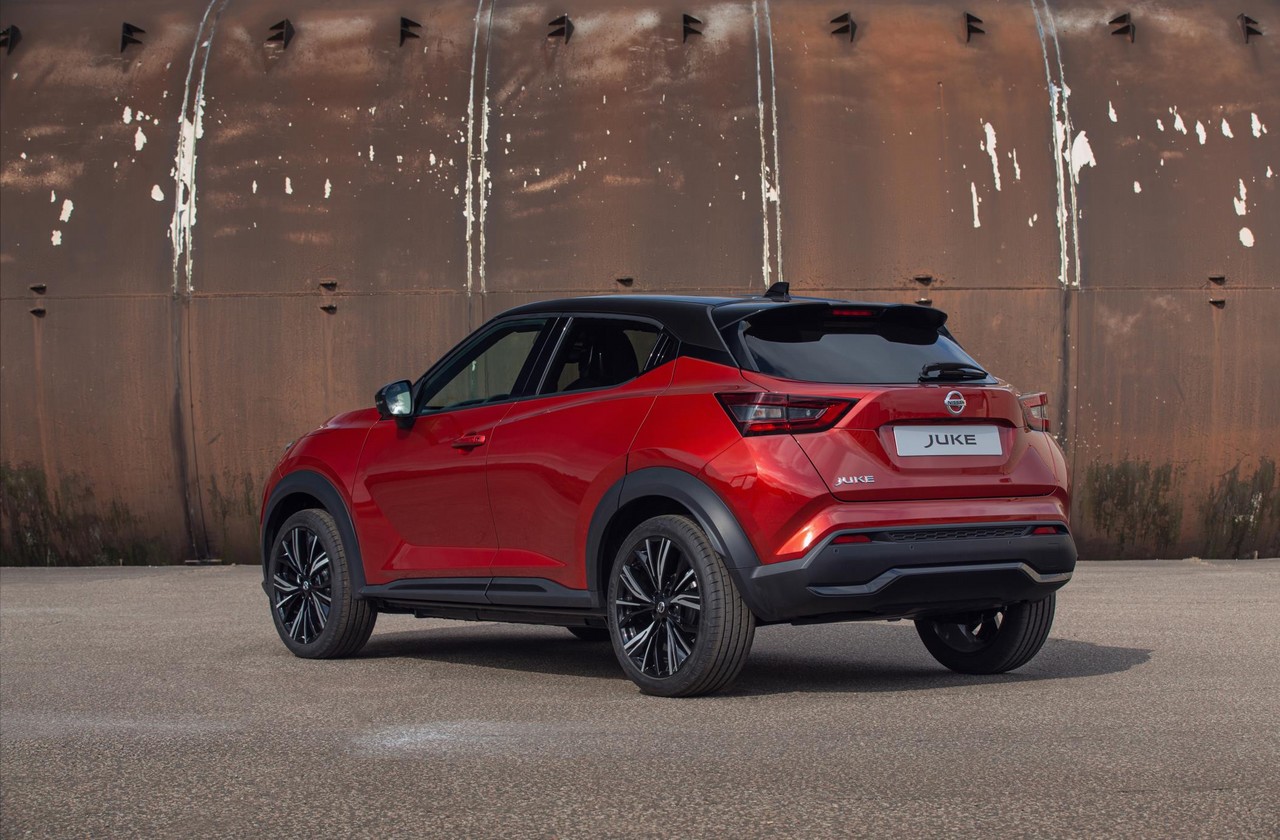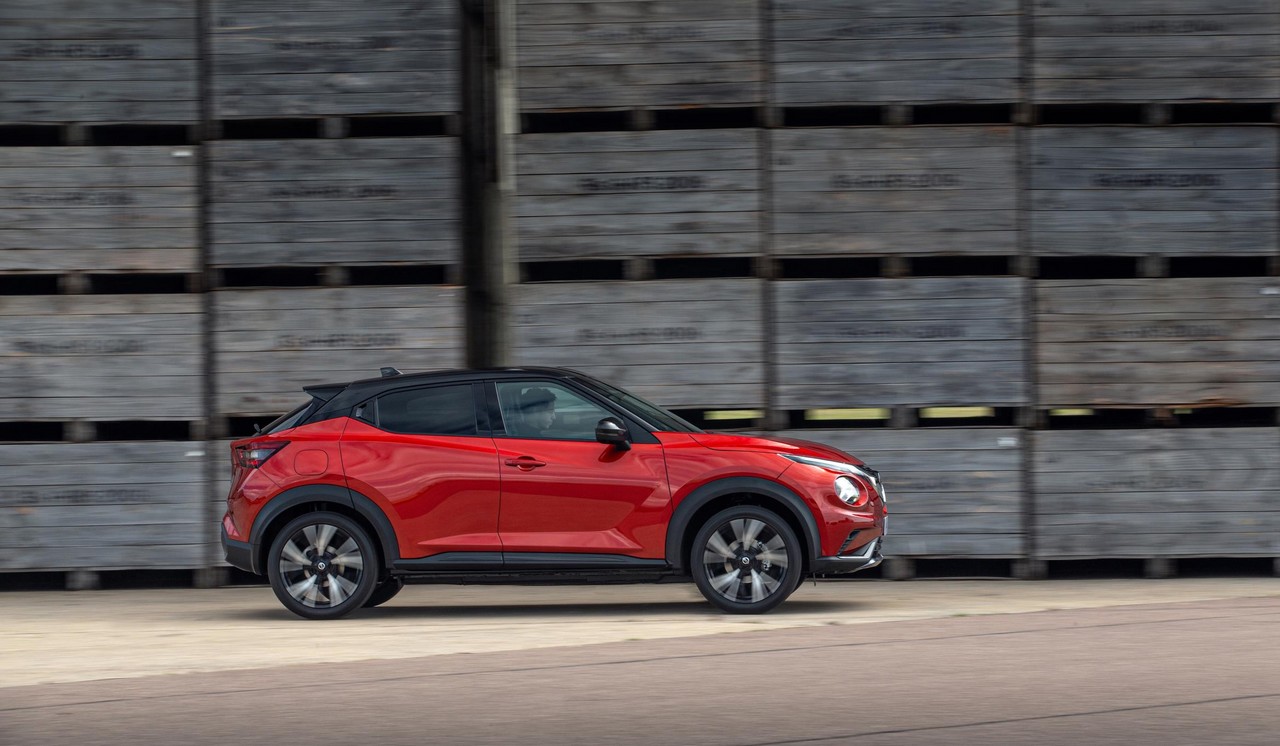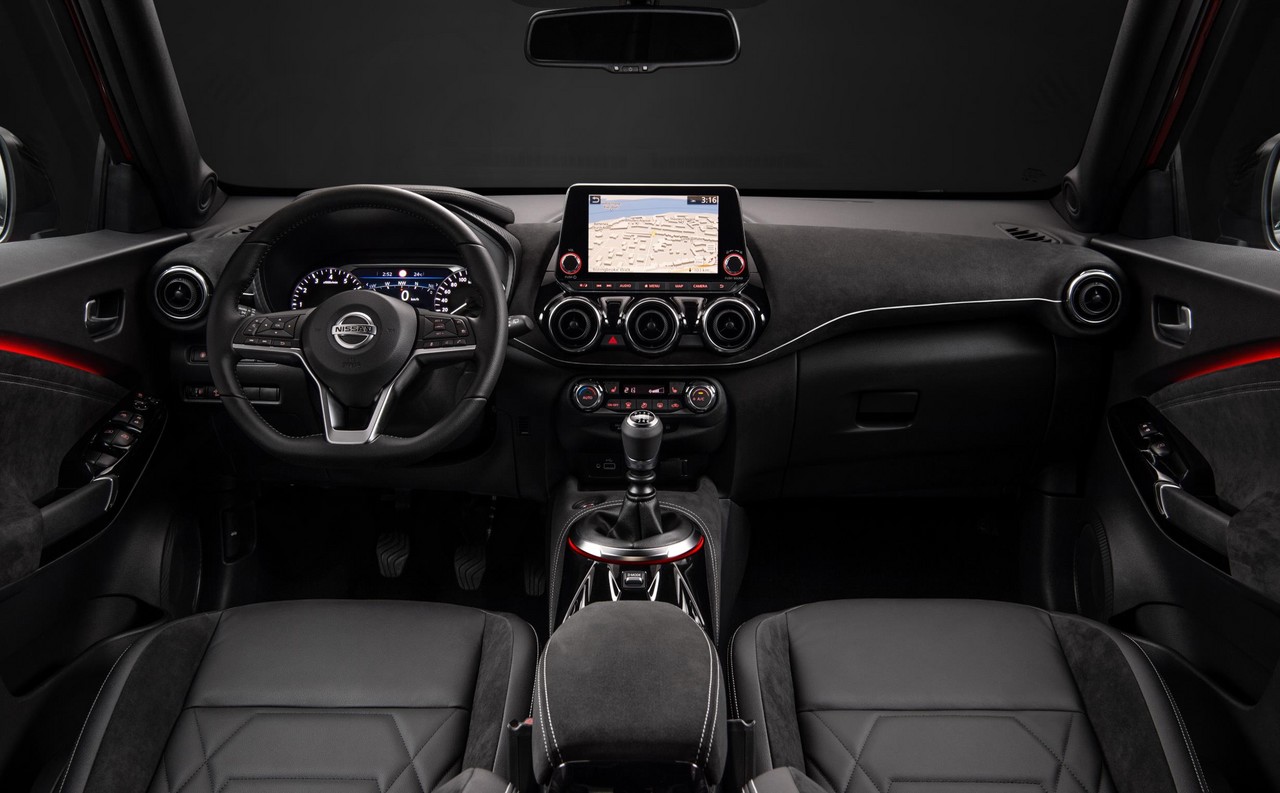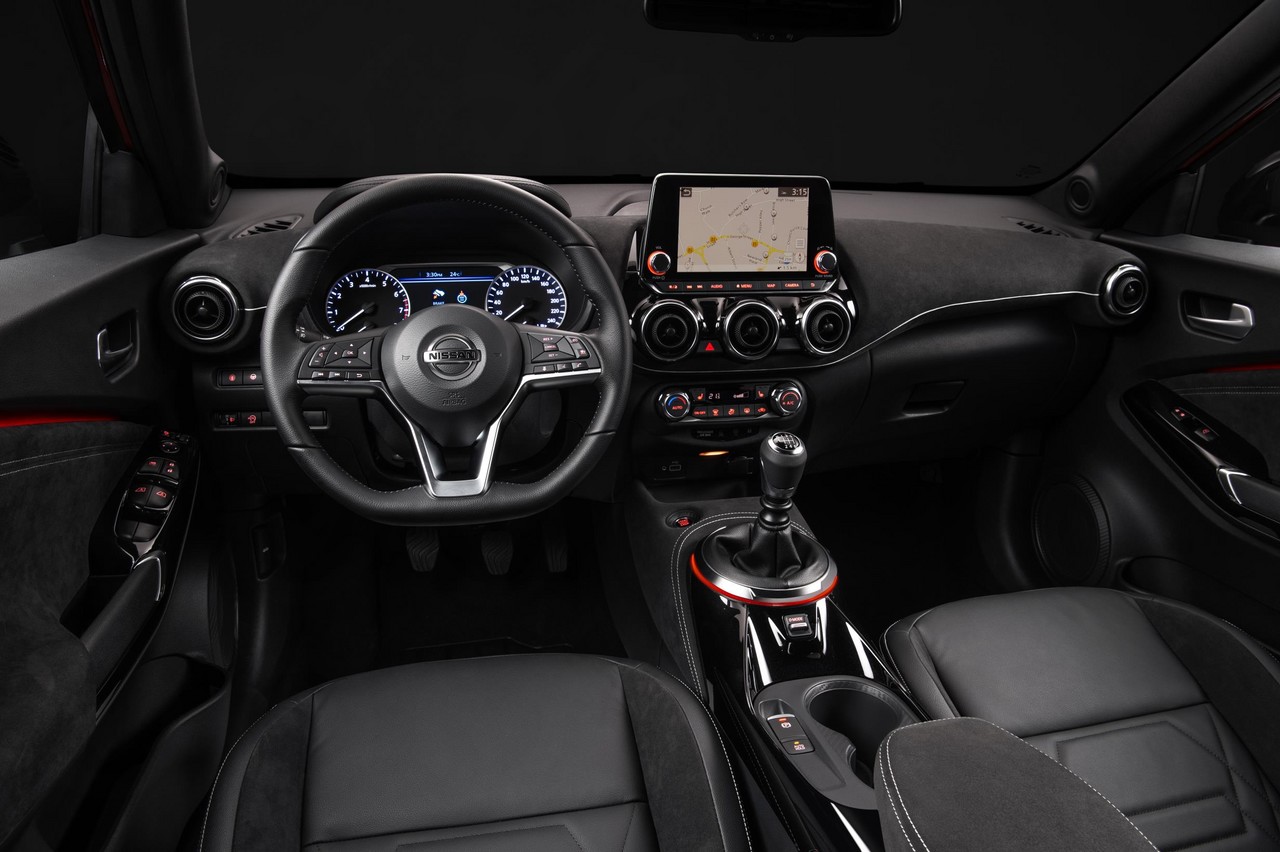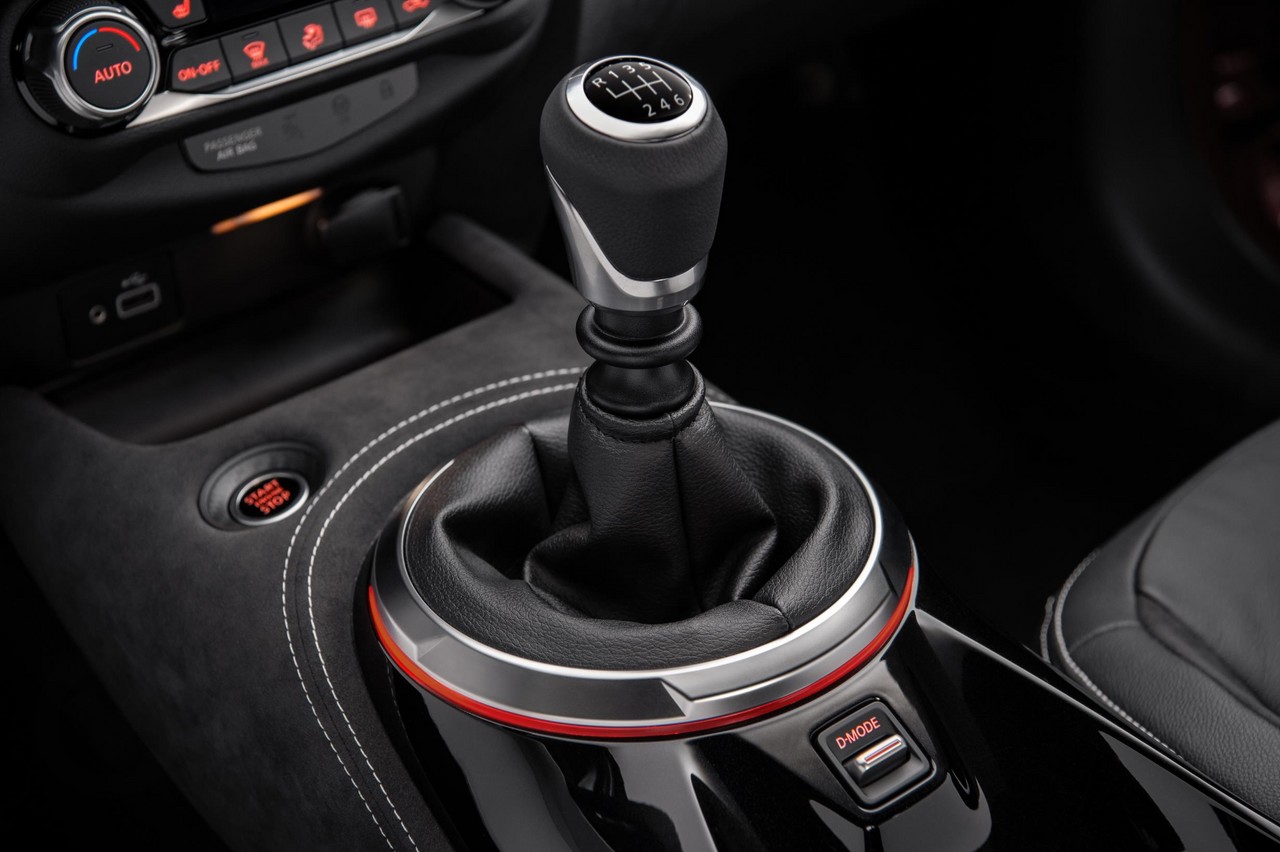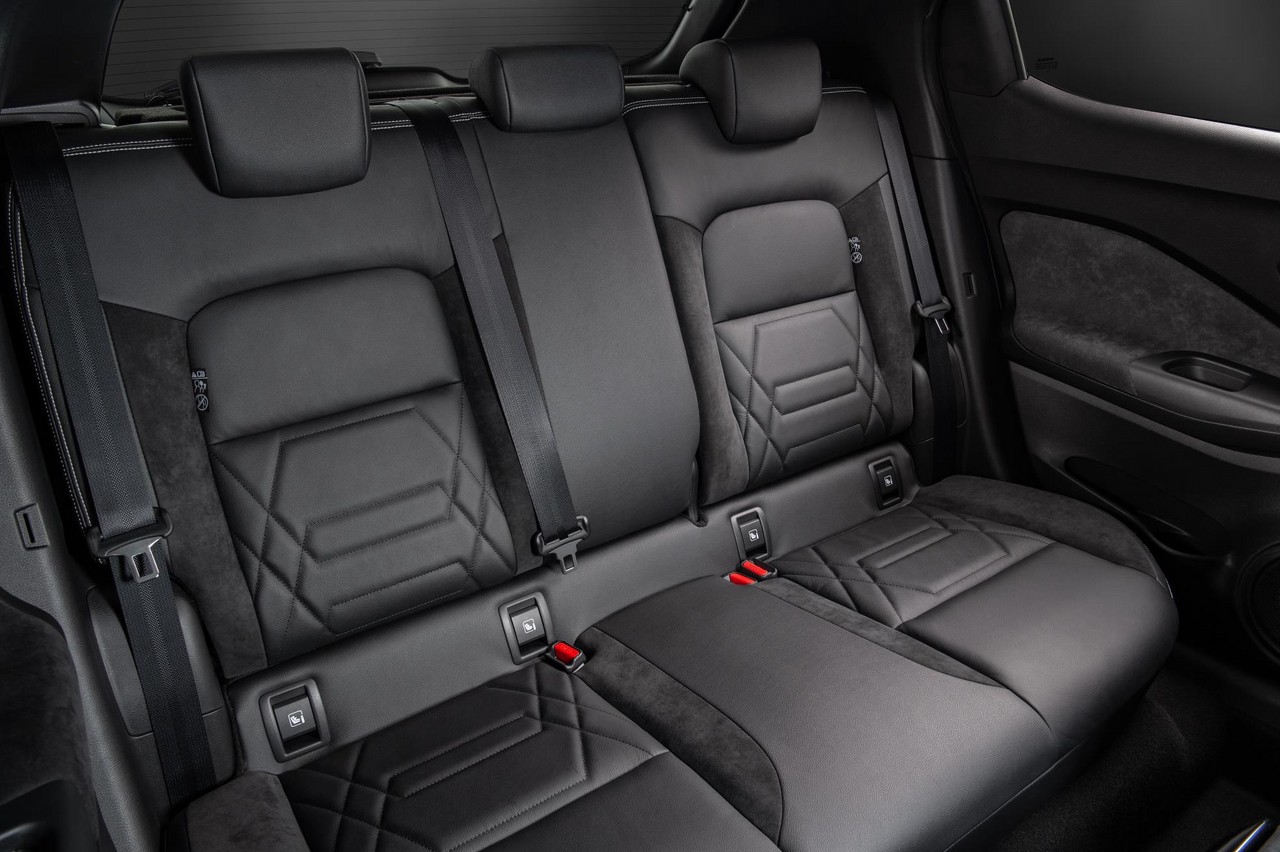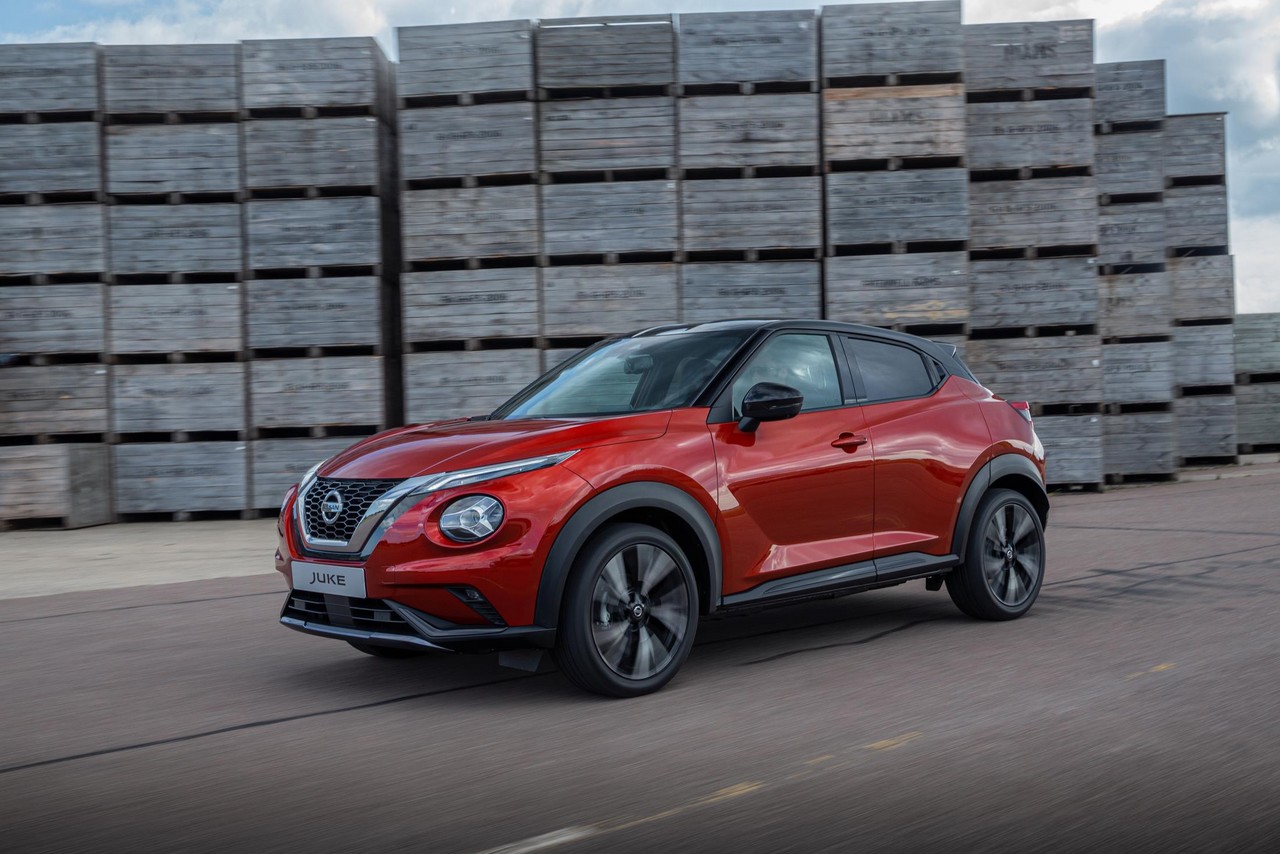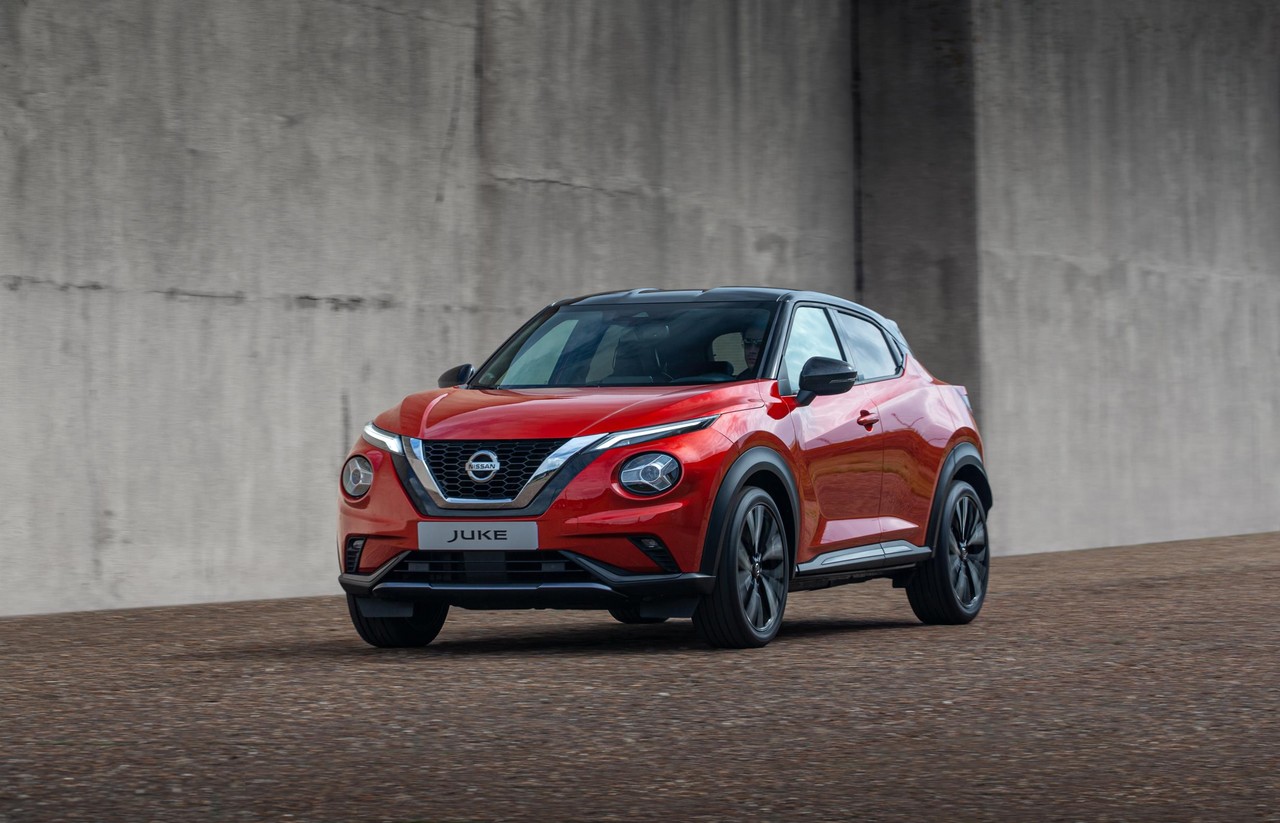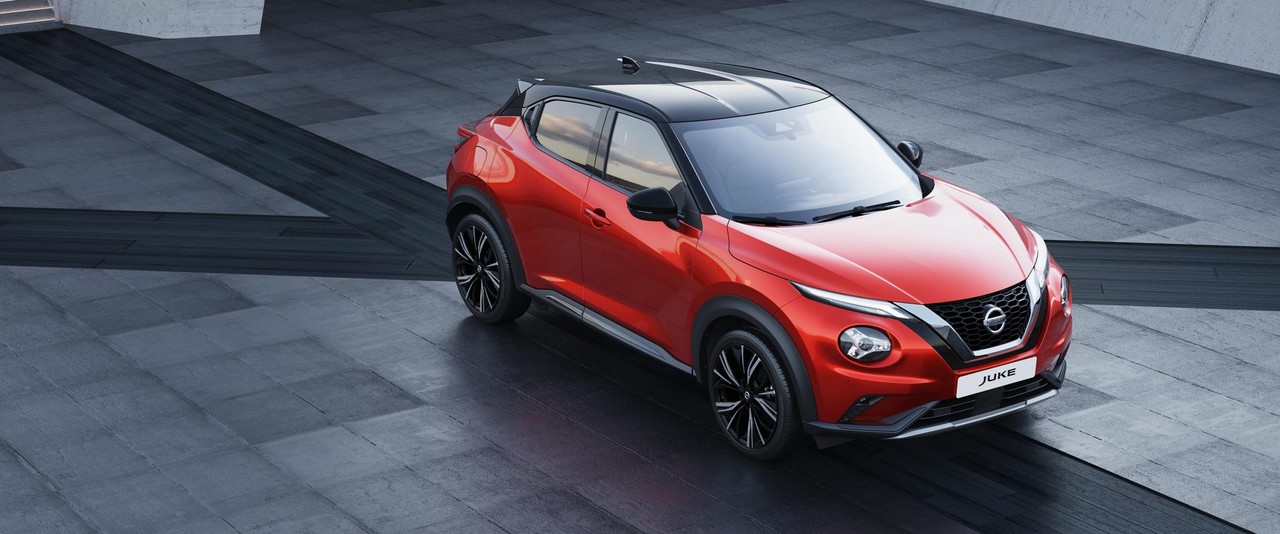
- Greater interior space
- Availability of active safety technologies
- Light weight (1212 kg)
- Light steering
- So far, only one engine: 999 cc turbo I3
- Pricing?
- Interior materials?
- Rear seat visibility
Overview
Expected to be released in Australia in the first half of 2020, the second-generation Nissan Juke is a compact crossover. Manufactured in Sunderland, England, the front-wheel drive Nissan Juke is powered by a 1.0-litre three-cylinder turbocharged petrol engine that is mated to either a six-speed manual or seven-speed double clutch transmission.
Body and dimensionsThe Nissan Juke is underpinned by Renault’s ‘CMF-B’ architecture which is shared with the second-generation Renault Captur. Compared to the Nissan F15 Juke which it replaces, the 2020 Nissan Juke is 75 mm longer (at 4210 mm), 35 mm wider (1800 mm), 30 mm taller (1595 mm) and has a 106 mm longer wheelbase; luggage capacity is 422 litres. Furthermore, the 2020 Nissan Juke 1.0T has an unladen weight of 1212 kg, a mass reduction of 23 kg relative to its predecessor. Suspension and steeringThe Nissan Juke has MacPherson strut front suspension and a torsion beam rear axle. Furthermore, the Nissan Juke has rack-and-pinion steering with electric power assistance. Safety equipmentStandard safety equipment for the Nissan Juke is understood to include dual front airbags, front seat-mounted side airbags, full-length curtain airbags (i.e. for front and rear occupants), ABS, electronic brakeforce distribution, brake assist, electronic stability control, traction control and front seatbelts with pre-tensioners and load limiters. For Australian deliveries, the Nissan Juke is expected to be equipped with the following active safety technologies as standard:
The Nissan Juke is also expected to be available with the following technologies:
Features: 2020 Nissan JukeFor Australian delivered vehicles, the Nissan Juke is expected to feature the ‘NissanConnect’ infotainment system which includes an eight-inch touchscreen, Bluetooth mobile phone connectivity, smartphone integration (Apple CarPlay and Android Auto) and in-car WiFi. As an option, the Nissan Juke will be available with an eight speaker Bose ‘Personal Plus’ sound system. Further information will be available closer to launch.
Back To Top
|
